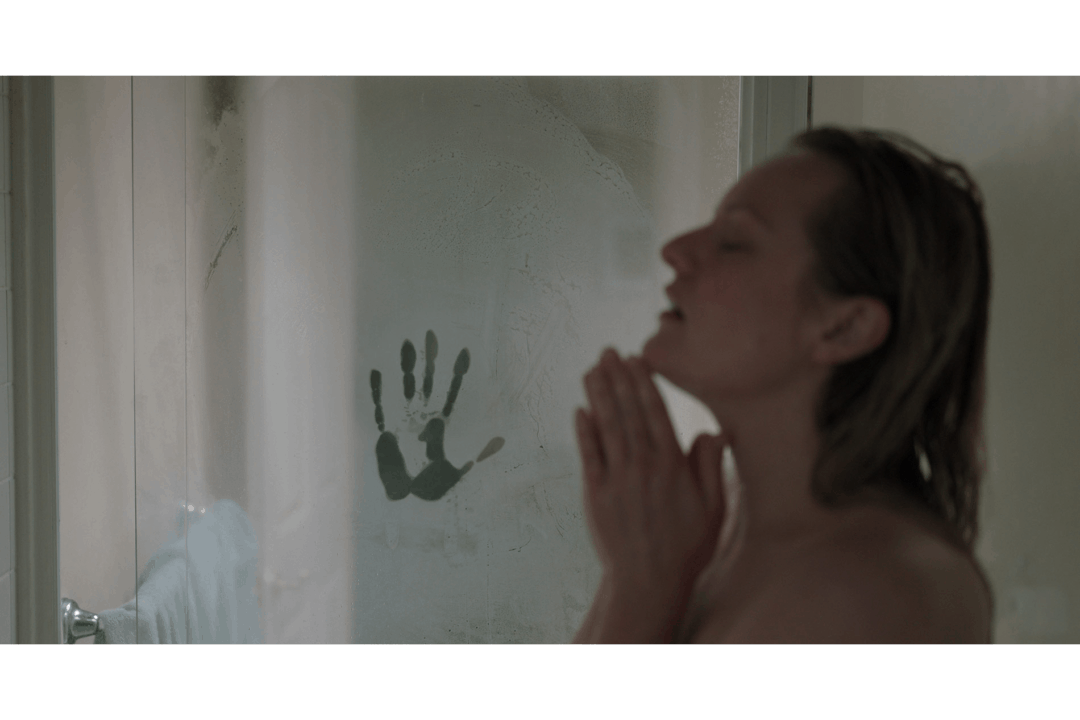A serious reboot of a classic 1930s Universal Pictures monster movie comes with an implicit level of ridiculousness. It also conjures the image of a studio desperately digging up recognizable intellectual property from its past to make some money. But 90 years on, this new Invisible Man is a remake in name only — along with the basic concept of a man being invisible, I suppose.
The Invisible Man is directed by Leigh Whannell, the co-creator of the Saw horror franchise and director of 2018’s acclaimed Upgrade. Whannell has proven to thrive on relatively low budgets, finding ingenious ways to create successful and fully-realized worlds even within such restrictions. The Invisible Man cost an estimated $7 million, and it’s already made that back many times over. It’s also a complete creative success — converting a classic horror film into a story of predatory sexual behaviour and confronting abuse. It is tense and terrifying, well-acted, strongly directed, and surprisingly intelligent.
This rendition of The Invisible Man follows Cecilia, an architect in a suffocating and dangerous relationship, played excellently by Elizabeth Moss. Following her escape from her abusive ex-boyfriend and his apparent suicide, she begins to experience unexplained events that make her start doubting that he’s really dead at all, and that he’s maybe become the Invisible Man!
The genius of The Invisible Man’s horror lies deep in its conceit as a stalker movie with a twist. The whole point is that the villain isn’t a visible man, to the characters nor the audience, and so in every shot we are subtly prodded to think and worry about whether he’s actually right in front of us.
Whannell purposefully lingers on shots of dark vacant hallways and empty areas of rooms, giving us excruciating time to examine the frame, letting our imagination fill in where he might be, but almost never letting us be sure. The film is mostly scary for how it sits in its tension, relishing its empty space and silences, forcing us to strain to notice the creak of a floorboard or a phantom imprint on a cushion.There are jumpscares every so often, but they are effective and well-earned.
The film is also impressive for how it rises above pure thrills in its tactful and intelligent handling of complicated and timely themes of domestic abuse. The invisibility of the man works as more than simply a mechanism of the villain: it casts doubt on Cecilia’s experiences and sense of reality, wreaking havoc on her life without accountability. It’s an interesting parallel to the gaslighting and controlling abuse presented explicitly elsewhere in the film.
When not in its sequences of tension and action, The Invisible Man doesn’t manage to hold onto much of its distinctive style and struggles to be as compelling. This is largely toward the beginning, when a series of low-action scenes are needed as a buffer between the white-knuckle introductory sequence of Cecilia’s escape — which didn’t really draw me in, despite it having all the makings of a great cold open — and the eventual escalation back into horror. These scenes don’t pack the same punch, and have a strangely different atmosphere than the movie does at its best, feeling more like a cheap soap opera.
This is not an indictment of the whole movie, though. Overall, it’s very well paced, does a great job keeping up the tension, and is scattered with excellent twists and turns in the plot that are as shocking as they are satisfying. When it gets going, it pretty much doesn’t let up, aside from the very end. This finale is kind of a strange gear shift out of climactic action, but it’s also a well-staged conclusion and a satisfying vindication of the movie’s themes.
The Invisible Man isn’t perfect, but it’s a chilling, creative contemporary horror thriller, showing the damage of turning a blind eye to domestic violence and telling a great story of a woman’s empowerment.
Disclosure: Will Gotlib was recently elected to the 2020–2021 Victoria College Council.


